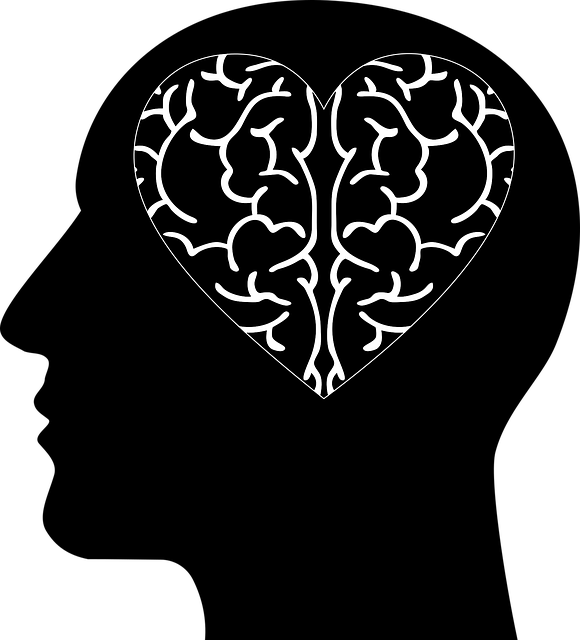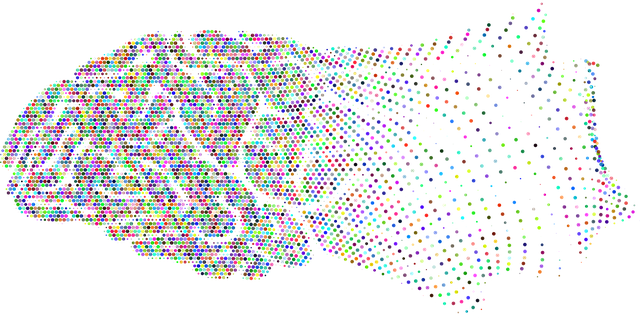Castle Rock Chronic Pain Therapy employs the Resourceful Living Model (RFM) for holistic care, focusing on building resilience, emotional intelligence, and coping mechanisms. This approach involves structured assessments, education, and techniques like mindfulness and flexibility training to empower individuals in managing chronic pain. Success stories highlight the effectiveness of this method, with patients like Sarah achieving relief from long-term pain through improved mental fortitude and quality of life. Castle Rock Chronic Pain Therapy integrates emotional intelligence guidance and stress management workshops for comprehensive patient care.
“Discover the revolutionary power of Resilience Building Exercises (RFM) in transforming Castle Rock chronic pain therapy. This comprehensive guide explores how RFM, by understanding and leveraging an individual’s Resourceful, Flexible, and Mobilized (RFM) factors, can significantly enhance pain management. We delve into its impact on treatment, offering a step-by-step integration process for healthcare professionals. With success stories from Castle Rock, this article highlights the life-changing effects of RFM, providing valuable insights into a holistic approach to chronic pain relief.”
- Understanding RFM and Its Role in Chronic Pain Management
- The Impact of Resilience Building Exercises on Castle Rock Chronic Pain Therapy
- Incorporating RFM into Treatment Plans: A Step-by-Step Guide
- Success Stories: How RFM has Transformed Lives in Castle Rock
Understanding RFM and Its Role in Chronic Pain Management

Chronic pain is a complex condition that requires a multifaceted approach to management. Here’s where RFM (Resourceful Living Model) steps in as a powerful tool. This model focuses on enhancing individuals’ ability to cope with and navigate their pain, promoting a sense of control and resilience. By understanding one’s resources, strengths, and coping mechanisms, Castle Rock Chronic Pain Therapy can tailor interventions to support patients’ emotional well-being.
The RFM approach encourages the development of communication strategies that foster open dialogue between patients and healthcare providers. This promotes public awareness campaigns development around chronic pain, ensuring individuals have access to accurate information. Furthermore, cultivating emotional intelligence is a key aspect, helping patients recognize and manage their emotions effectively during challenging times.
The Impact of Resilience Building Exercises on Castle Rock Chronic Pain Therapy

Resilience building exercises have emerged as a powerful tool within Castle Rock Chronic Pain Therapy, offering a holistic approach to managing pain and enhancing overall well-being. These exercises focus on strengthening an individual’s mental fortitude, enabling them to better cope with chronic pain. By incorporating techniques that cultivate self-esteem improvement and promote mind over matter principles, patients can develop a more positive outlook. This shift in perspective is crucial as it encourages individuals to view their pain as manageable rather than overwhelming, fostering a sense of control and empowerment.
The benefits extend beyond pain management; resilience exercises contribute to improving positive thinking patterns. They teach individuals to reframe negative thoughts associated with chronic pain, replacing them with constructive ones. This mental transformation can significantly impact the perception of pain, leading to improved quality of life. As Castle Rock Chronic Pain Therapy integrates these exercises, patients not only experience reduced physical discomfort but also witness enhancements in their emotional resilience and overall sense of self-efficacy.
Incorporating RFM into Treatment Plans: A Step-by-Step Guide

Incorporating RFM (Resilience, Flexibility, and Mastery) into treatment plans at Castle Rock Chronic Pain Therapy offers a comprehensive approach to patient care. This strategy is particularly beneficial for individuals navigating chronic pain, as it empowers them to build mental and emotional resilience, adapt to challenges, and regain a sense of control over their lives. Here’s a step-by-step guide:
1. Assess Individual Needs: Begin by evaluating each patient’s unique circumstances, including their coping mechanisms, support systems, and specific pain triggers. This understanding forms the foundation for tailoring RFM interventions to address their needs.
2. Educate Patients on Resilience: Introduce the concept of resilience and its role in managing chronic pain. Teach patients about flexible thinking, emotional regulation techniques, and strategies to challenge negative thought patterns. Enhance their sense of mastery by encouraging them to set achievable goals and celebrate small victories.
3. Implement Flexibility Training: Help patients identify and reframe limiting beliefs or rigid thinking patterns. Encourage the development of alternative perspectives to navigate pain-related challenges. Techniques like cognitive restructuring, mindfulness meditation, and progressive muscle relaxation can foster mental flexibility.
4. Build Mastery Skills: Empower patients to take control by providing tools for self-management. This includes teaching them to recognize and modify maladaptive behaviors, set realistic goals, and track their progress. Engage in activities that promote a sense of accomplishment, such as keeping a pain journal or participating in community outreach programs.
5. Risk Management Planning: For mental health professionals, integrating risk management planning is crucial. Assess potential risks associated with the treatment process and develop strategies to mitigate them. This involves creating safety plans, establishing clear communication channels, and providing resources for crisis support.
6. Social Skills Training: Foster a supportive environment by incorporating social skills training. Encourage group interactions, peer support, and community outreach program implementations to enhance patients’ social connections and build a sense of belonging. These connections can significantly contribute to overall resilience.
Success Stories: How RFM has Transformed Lives in Castle Rock

In Castle Rock, Chronic Pain Therapy using RFM (Resilience, Flexibility, and Mindfulness) techniques has been a game-changer for many individuals struggling with long-term pain. Success stories abound of people who have transformed their lives through this holistic approach. One such example is Sarah, who had been dealing with chronic back pain for years, limiting her ability to enjoy everyday activities. After incorporating RFM into her treatment plan, she experienced significant improvements in both physical and emotional well-being. The exercises helped her develop resilience by teaching her how to manage stress and cope with pain without relying on medication alone.
These transformations are not isolated cases; many others in Castle Rock have found similar success through RFM. The Stress Management Workshops Organization offers guidance on emotional intelligence, mindfulness practices, and journaling exercises for mental wellness, all of which are integral components of the RFM model. By combining physical therapy with these powerful tools, individuals can build a robust foundation for managing chronic pain and enhancing their overall quality of life.
Resilience, as a key component of Castle Rock chronic pain therapy, is a powerful tool for managing and overcoming persistent pain. Through Understanding RFM (Resilience, Flexibility, and Mastery) and its role in treatment, combined with the success stories shared, it’s evident that incorporating resilience-building exercises can transform lives. By following the step-by-step guide provided, healthcare professionals in Castle Rock can effectively integrate RFM into treatment plans, enabling patients to develop mental fortitude, adapt to pain, and regain control over their well-being. This holistic approach holds significant potential for enhancing Castle Rock chronic pain therapy outcomes.














